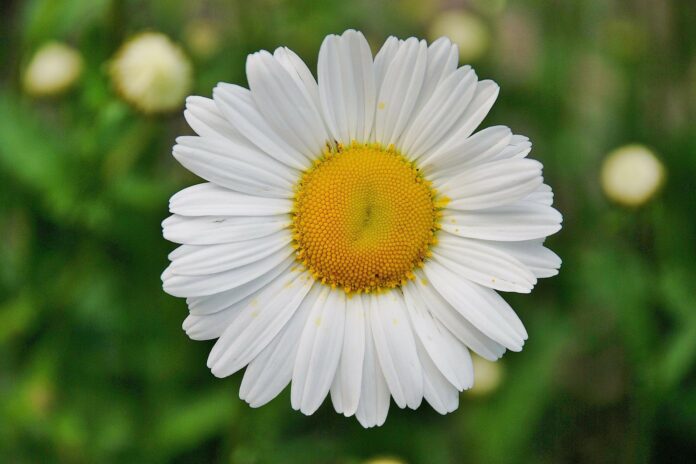A team with the Invasive Species Council of BC (ISCBC) will be active in Cranbrook this month, looking for non-indigenous plant species.
According to Gail Wallin, ISCBC executive director, a number of invasive species have ended up in the Cranbrook area.
“There are some [invasive species] that really threaten our grasslands and rangelands, like the knapweed you have in your area,” said Wallin. “Another one that people may recognize are these nice, white daisies you might see along roadways. It’s most likely an oxeye daisy, and those are actually an invasive species. They spread rapidly along roadways and trails. They make it almost impossible for other plants to grow in that particular area.”
Wallin said houndstongue and burdock are just a few other invasive plant species that can be found locally.
“Those are ones you don’t want to run into if you have dogs or horses or children in the area because they have burrs that will be difficult to get out and you’ll be spreading them to new areas.”
Invasive species are plants or animals that have been introduced to an ecosystem by outside means, such as humans cultivating plants that end up growing in the wild.
“Invasive species, world-wide, are generally the biggest threat to biodiversity,” said Wallin. “Most of the invasive species we have in B.C. have been brought in by people.”
Wallin pointed out that many aquarium fish and plants are also considered invasive in B.C.
“Many aquarium plants are actually Eurasian watermilfoil or parrots feather, they may not be labelled that way in the pet store, but they’re high-risk invasive plants,” said Wallin. “Goldfish are something a lot of people have, and what we’re finding is that they are much further spread than we thought and their population is very explosive when you put them into the natural environment.”
She noted that releasing fish or other pets into the wild is illegal for this reason.
Fish owners who cannot take care of their aquatic animals are asked to find a new owner or return it to the pet store, as releasing them into the wild can have detrimental impacts on the local ecosystem.
ISCBC action teams and youth groups are active in the Cranbrook area this month, targeting invasive plants.
“Our action teams will be looking at and identifying where we have invasive plants and taking action on them,” said Wallin. “They’ll be removing them and reducing their population.”
Wallin notes that May is invasive species action month, and calls on the public to help put the professionals where they can.
A number of options are available to residents to help identify and report invasive species, such as the iNaturalist app’s I Spy and Identify program. Reports can also be sent through the ISCBC website.
“The first thing that people should look for when they’re looking for an invasive species is something that wasn’t there before. We want people to be on the alert and reporting new species in their area because there’s a good chance it’s an invasive,” said Wallin.
You can also take precautions by making sure your clothes, equipment and whatever else you may bring with you is clean after you spend time outdoors to ensure you don’t accidentally transport an invasive species.




